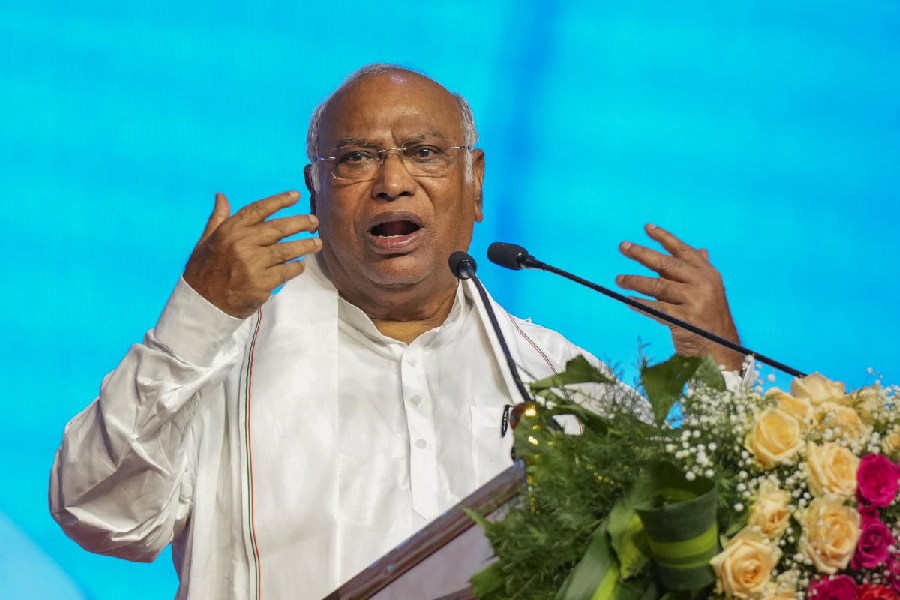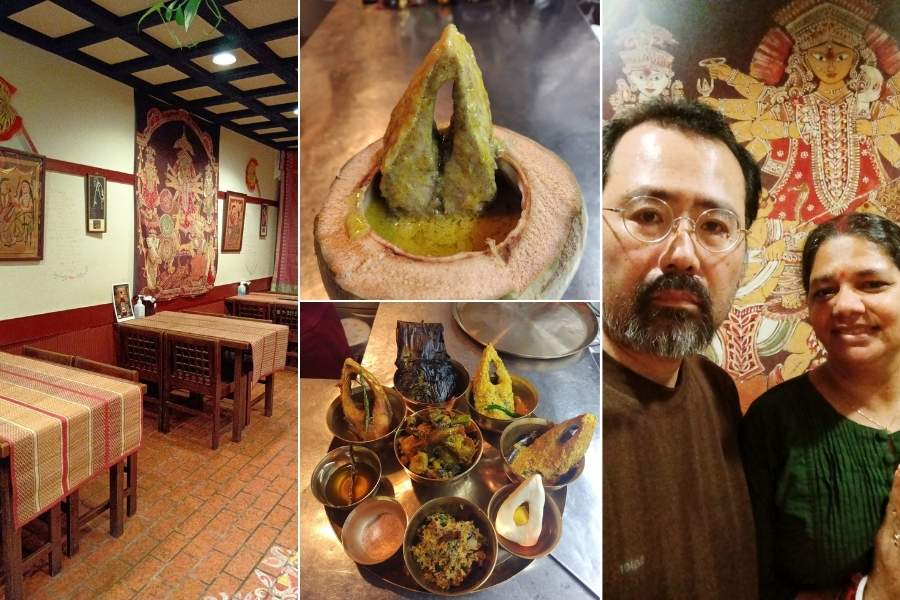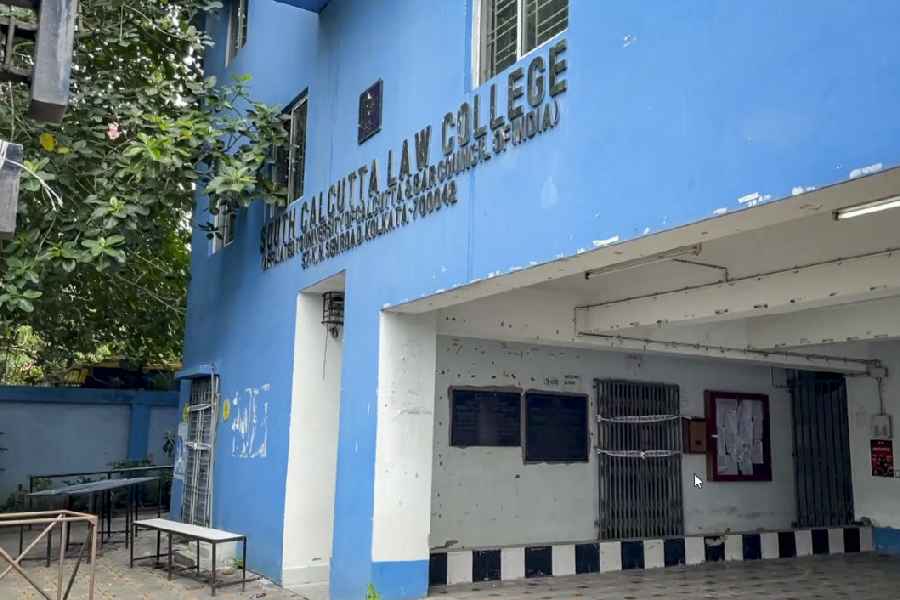|
|
In 19th-century India, people on the move were a significant visual reminder of class and caste differences: those better placed in life used various modes of transportation — some were borne to their destinations in palkis or palanquins on the shoulders of strong young men, most often from the lower castes. Others used animal-drawn carts and carriages and even boats and rafts. After the middle of the century, the palki’s box-like structure that could be curtained off satisfactorily was useful in transporting women in parda, and later, girls to school in Calcutta, Lucknow and Bhopal
The majority of Indians however, walked — often long distances. Pandita Ramabai, one of India’s first women social reformers, and probably among the most controversial women of her times, writes that “for three years after the death of our parents and eldest sister we [Ramabai and her brother] walked more than 4000 miles on foot without any sort of comfort”. Born in 1858 into an impoverished Chitpavan Brahmin family of Poona — her father, Ananta Shastri Dongre, was a priest committed to the education of women — Ramabai learned Sanskrit early. When the intrepid pair undertook their long trek, the siblings were in their teens, and it is likely that they supported themselves by interpreting the scriptures as they traversed India. On arrival in Calcutta, their final destination where they were to spend some time, the two were received enthusiastically by Keshub Chunder Sen and other like-minded reformers.
Though the historian, David Arnold, in The Tropics and the Travelling Gaze, feels that after the middle of the 19th century, writing on travel had become as clichéd “as a palanquin”, only to be brilliantly revived by Kipling, the gaze from what Emily Eden called “beds in boxes” soon provided interesting insights on early colonial India. No doubt the sister of Governor-General Auckland was being somewhat deprecatory, for Emily’s palki must indeed have been a grand one. As the entourage of 12,000 moved from Calcutta to the Upper Provinces in 1837, the variety in the mode of travel was indeed impressive: after an initial riverine journey, elephants and humans carried men and women, dogs, cats and parrots in howdahs, palanquins, dooleys, dandys and jampans, while horses drew carriages, hackneys, tongas, carts and buggies.
The fearless Fanny Parkes, a contemporary of the Eden sisters who certainly did not have the protective umbrella of the Raj, wrote of her more adventurous travels with gleeful delight; her night-time journey up to Landowr (Landour) in Mussoorie when “we passed through a forest or sal jangal as they call it” also included an encounter with a tiger lying by the wayside. Though the bearers put down their palanquin, and “howled and screamed with all their might”, as the big cat moved off, Fanny got out of the palanquin “to look at a tiger au naturel”. On that fine and clear moonlit night, “the jangal looked well and its interest was heightened by the idea that you might now and then see a wild beast”. Fanny clearly preferred the palki to a dandy — those hammock-like slings carried by sturdy coolies up difficult mountain terrains. For the rest of her travels, she used every possible mode of transport.
Apart from palkis, it was not unusual to see bullock carts as well in towns and of course, in the villages; many missionaries, government functionaries, archaeologists, surveyors, engineers and photographers like Linnaeus Tripe would have hardly managed their work (peppered with adventure) without these wooden vehicles and worthy animals. The bullock cart was also used to transport women in parda in innovative ways. In this photograph of the “shrouded” bullock cart in a town in central India, the women passengers are completely concealed from view. They are seated beneath the dome fabricated from wood and bamboo shrouded with a heavy canvas-like material, surely unbearable in a hot climate. Nevertheless, this suffocating mode of transportation had clearly passed the test of privacy, enabling protection from the male gaze.
While less true of a rapidly urbanizing India, the countryside continued to be a dangerous place and travel hazardous. In the 1820s, when the security of persons and goods was a very real issue, Reginald Heber, the bishop of Calcutta, baulked at the size of a modest entourage of three elephants, over twenty camels, five horses and several ponies. His extensive tour of India involved tug and steamer rides as well as the services of several animals. As he went on, a number of small traders and others, believing in safety in numbers, asked to join the large party and “travel under our protection” (Narrative of a Journey through the Upper Provinces of India, 1873). Such forms of transportation depended, of course, on the existence of usable roads and feasible land routes. As animals tired easily, when traversing the countryside, a relay system was devised, particularly for the carrying of mail or dak. If there was space, a traveller could book his seat in any palanquin, boat, horse, coach or cart carrying mail and parcel — that is, if a runner was not carrying the post.
The post or dak runner is a part of colonial folklore and often his journey was fraught with danger. Each dak runner was provided with a drummer in forest tracts, besides an escort of two torch bearers and two archers after nightfall. In Empire and Information, C.A. Bayly writes of the tense months in 1857, when the fall of Delhi was reported to the authorities in Firozpur by harkaras or official runners; as carriages, carts and water-borne vessels of all kinds — including inflatable animals skins — were used not only for travel but also for conveying important information by the so-called “rebels”, these were quickly seized by the chief commissioner of Punjab.
In large parts of India, a variety of water-borne vessels traversed the many water courses, where dangers of another kind were to be confronted. Shipwrecks and the occasional pirate are mentioned many a time in autobiographies and in fiction. Interestingly, riverine modes of transportation gave women a certain freedom. Kailashbashini Debi’s Janaika Grihabadhur Diary (A Certain Housewife’s Diary) describes long journeys by boat with her husband, Kishory Chand Mitter, “when we played cards and chatted”. Her husband was in the service of the East India Company and had made it a point to educate his 11-year-old bride at home, even employing an Englishwoman for the purpose. On his tours, Kishory Chand chose to take his pardanashin wife with him — the relative privacy of the boat gave the couple the opportunity to grow close, a privilege hardly possible in the joint family home.
Though comfortable in her riverine abode, Kailsahbashini does not describe the vessel and it is left to Bishop Heber to write about what he calls the “Bengalee boat”. The cabin that occupied almost two-thirds of the deck was a light bamboo and straw structure, “exactly like a small cottage without a chimney”. The passengers sat and slept here and as its roof was too fragile, another, more sturdy, platform above it was built for the boatmen. Long bamboos with circular boards at the end served as oars and another one as the mast pole. “Nothing,” commented Heber “can seem more clumsy and dangerous than these boats... but with a fair wind they will sail over the water merrily”. Reginald Heber died in 1826, almost three decades before the railways came to India. As quite a bit of his writing deals with the process of getting from place to place, one wonders how he would have written his travelogue while adjusting to the certain predictability of trains as against the constant surprises of the road and the river. Or maybe Heber would have eschewed the engine and continued with traditional modes of transportation that helped the missionary be in touch with a far wider range of people and places.











